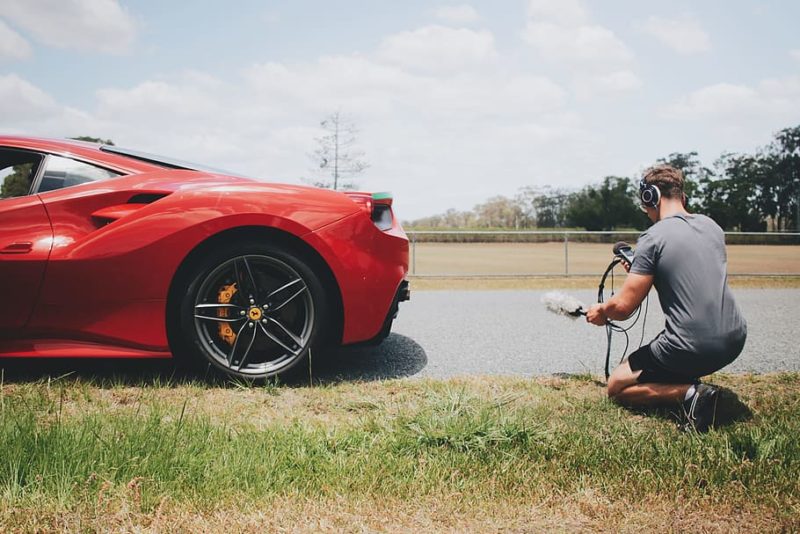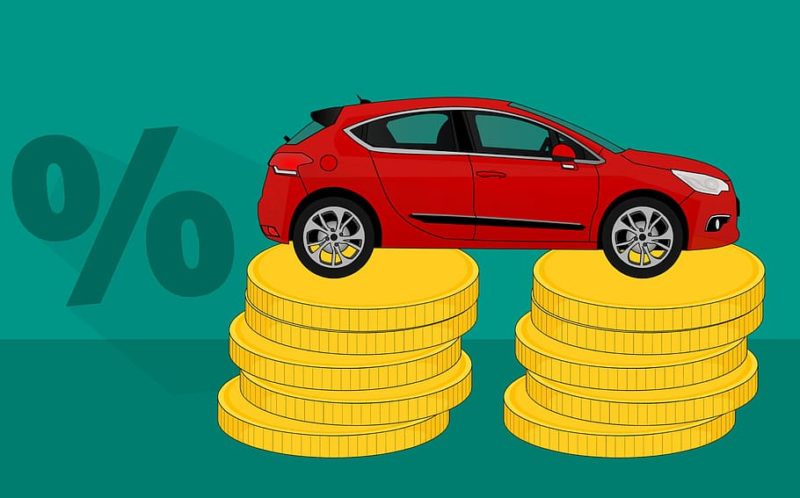Whether you’re rewarding your teen for graduation or helping them spend their hard-earned savings wisely, there’s a lot to consider when buying a first car. For most parents, the very thought of their child being out on the road on their own is a heady mixture of glowing pride in the milestone achieved and terrifying concern for their safety.
It may be tempting to bequeath them your old car or your elderly parent’s no-longer-driven pride and joy. But it pays to step back a little and weigh up the pros and cons, to get the right balance between safety and value for money. Here are some pointers from motoring specialists to help you narrow down the choices together.
Safety

This should be your top priority. Make a list of today’s top safety features and find a website that lets you quickly see the official safety rating of different models and years. Agree some minimum standards up front, so you won’t have to be the joy-killer when your teen gets their heart set on a potential death trap.
Look for things like the number of air bags, traction-control, braking technology, stopping distances, roll-over potential and automatic door locking. Many recent cars also include advanced safety features like forward-collision warning and automatic emergency braking. You could also agree on a maximum power rating or acceleration rate, so your teen doesn’t end up behind the wheel of a pocket rocket they don’t have the experience to handle.
Price

This is a good one to agree on from the outset. A set budget will help to draw up a shortlist and prevent price-creep, as emotions around pride and status begin to build. Buying brand new may not be the best option, especially if you can afford a car slightly older car with more safety features. And while a well-cared for family hand-me-down might come at a good price, and save you the bother of selling it publicly, it may not provide the life-saving protection your teen deserves.
Ease of repair
Most teens are likely to scrape or dent their first car, at least until they become better at monitoring where their car is in relation to things like entrance ways, posts and low walls. So it probably pays to focus on common models with a good supply of second-hand replacement panels and body parts. Choosing a non-metallic paint finish may also save on repair costs. Ask a local panel repair shop about paint finishes to avoid.
Reliability and maintenance costs
Many consumer organisations publish vehicle reliability tables. Choosing a more reliable model doesn’t guarantee trouble-free motoring of course, but it does reduce the chances of your teen being off the road and facing a mechanics bill they can’t afford. Some makes are also known to be more expensive when it comes to regular servicing. This is often due to the cost and availability of parts. In addition, some cars are known to be more time consuming, and therefore expensive, to service because more has to be dismantled to get to the parts in question. Unless you’re buying a near new car that’s still under warranty, it pays to find out about typical servicing costs for the models you’re interested in.
Fuel economy

Chances are your teen won’t have a large income to support their brave new world of independent mobility and you definitely don’t want them to treat you like an ATM for gas money. Help your kid to work out their typical weekly or monthly travel distance and how much they’d like to spend on fuel in that period. Using the current fuel prices, you can then set a target economy range that will help with choosing a car.
Size
Bigger is not always better. While some larger cars can be safer in accidents, they can also be more challenging to manoeuvre in traffic and squeeze into a park. If your teen has sporting interests, like golf or surfing, that require large equipment to be carried around, remember to factor that in. Otherwise, a compact car is likely to be a better option.
Driving visibility
This is particularly important for beginner drivers. Good, clear sightlines and minimal blind spots will help them to drive well and avoid accidents. Not seeing obstructions or other cars is a major cause of accidents. Your teen’s visibility could be different to yours in any given vehicle, so make sure visibility is on your checklist when it’s time for test drives.
Distractions

Driver distraction is a common cause of accidents. Ensuring all controls are within easy reach of your teen is a good start. You want them to keep their eyes on the road as much as possible. Selecting a car with hands-free features and Bluetooth connectivity can reduce the temptation to use a mobile phone while driving. Satellite navigation systems that are difficult to use are another known cause of accidents when drivers try to operate them without pulling over.[3] It’s also important to focus on driver comfort. A car that ‘feels right’ will put your teen at ease and further reduce distractions.
Coolness
It’s not up there with safety, but your teen will want to feel good about the car they drive. This is usually quite a personal thing, just as it is with adults. Take the time to have a talk with your teen about the sort of cars they’d be happy to be seen in and which ones they hate. It can save you a lot of wasted time researching and chasing down cars that you think would be perfect, only to have an ice cold response from your teen.
Car insurance for teens

If your teen will be driving your vehicle at first, be sure to let your insurance company know. It could mean a higher premium or they may simply have to be a named on the policy for cover to continue. When it comes to helping your teen choose their own car, let them know that some models are more expensive to insure than others.
Once you have a final shortlist, contact a car insurance company to get some quotes. You can learn more about this on ami.co.nz. Just be sure to have insurance in place before you pick up the new car. Many car insurance companies will provide temporary cover over the phone or online until the paperwork can be done.


